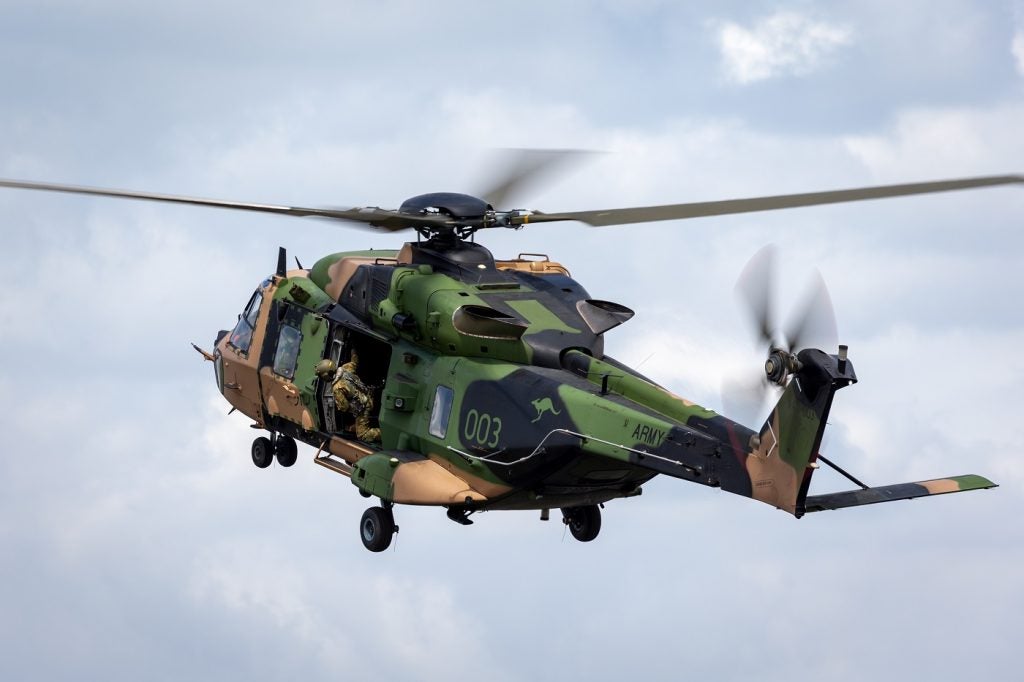In a strategic move, the Australian Defence Force (ADF) has announced the early retirement of its MRH-90 Taipan helicopters, which will not return to flying operations before their planned initial withdrawal date of December 2024.
With a renewed focus on introducing the UH-60M Black Hawks, this transition marks a key moment in the nation's military aviation capabilities.
Defence Minister Richard Marles recently confirmed the early withdrawal of the MRH-90 Taipan helicopters. Speaking on the matter, Minister Marles underlined the Government's commitment to ushering in a new era of aviation with the UH-60M Black Hawks. The sale of 40 UH-60M Black Hawks to Australia set the Oceanic country back a potential of $1.95bn.
Various European nations have recently procured or received the UH-60M Black Hawks in recent years; these countries include Lithuania, Croatia, and Latvia.
The first three advanced helicopters arrived in Australia and commenced flying operations in September. The remaining Black Hawks are expected to be delivered in due course.
The UH-60M Black Hawk will improve the Australian Army's ability to deploy combat power and deter actions against its interests in the strategic environment, according to GlobalData's "Australia Defense Market 2023-2028" report.
Minister Marles acknowledged the significance of the MRH-90 in the Australian Defence Force's capabilities, recognising the dedication of the hundreds of personnel involved in its acquisition, operation, and maintenance. He emphasised that the priority now lies with the swift introduction of the 40 Black Hawks set to replace the MRH-90.
"The Government's highest priority is the safety and wellbeing of our people," Marles stated, reaffirming the commitment to support the families affected by the tragic incident on July 28, when an MRH-90 Taipan crashed near Lindeman Island, Queensland, during Exercise Talisman Sabre, resulting in the loss of four aircrew members.
While the announcement of the MRH-90 withdrawal does not imply a conclusion to the investigations into the incident, Minister Marles clarified that Defence would only fly the MRH-90 platform once investigations were completed.
As the MRH-90 phaseout progresses, the Australian Defence Force will continue to rely on its CH-47F Chinooks, Tigers, and MH-60R Seahawks to maintain a ready aviation capability. Furthermore, from 2025, the AH-64E Apache helicopters will also be introduced into service for the Army.
To ensure minimal disruption to Army operations and training, the Government is actively exploring options to expedite the Black Hawks and aircrew training delivery. This proactive approach aims to mitigate any potential impacts of the MRH-90 withdrawal on Australia's defence readiness.
The Defence Force's decision to withdraw the MRH-90 Taipan helicopters ahead of schedule marks a turning point in the nation's military aviation landscape. With the arrival of the UH-60M Black Hawk, Australia is poised for a new chapter in its defence capabilities.









